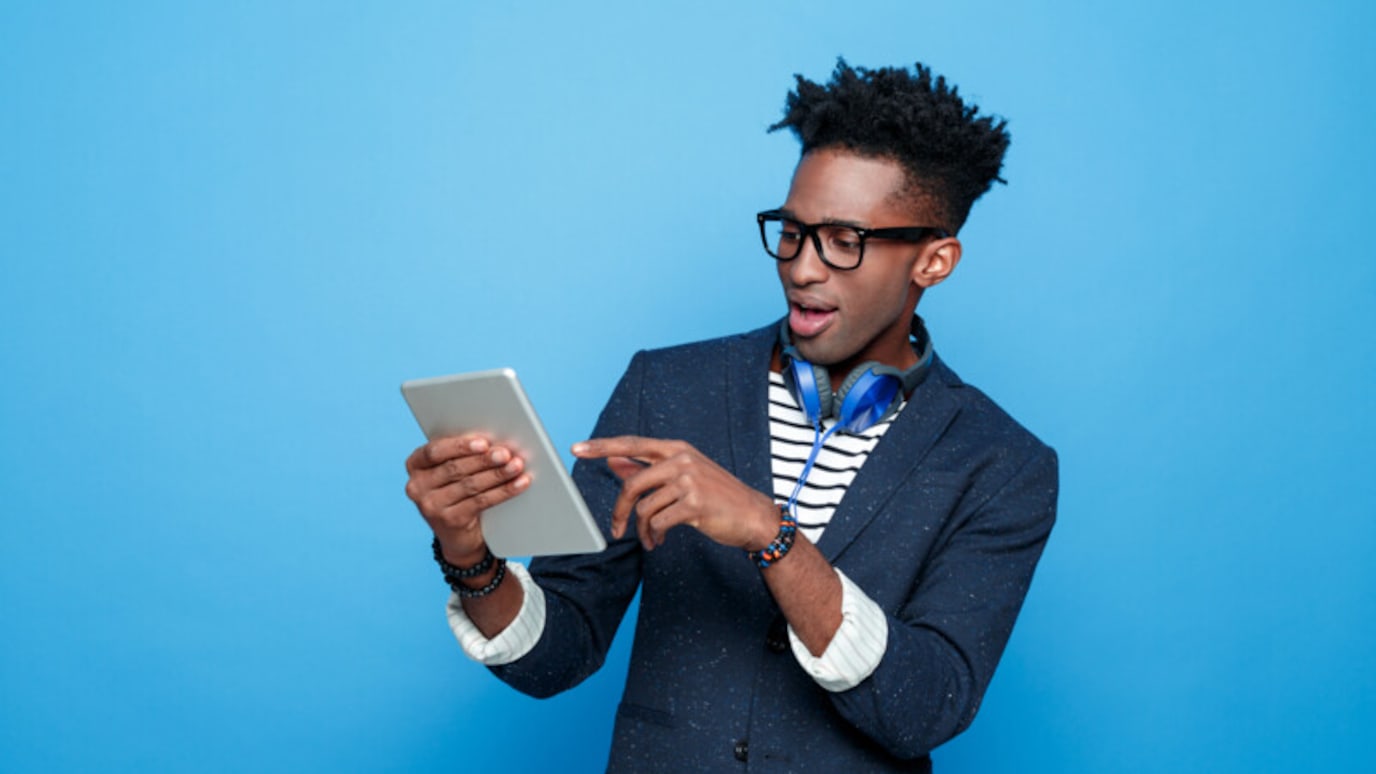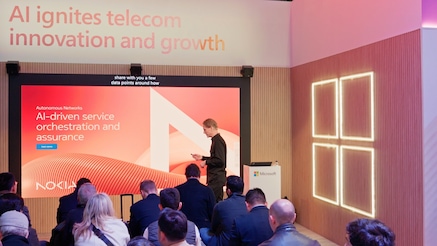Digital Operations Center
End-to-end closed-loop automation for autonomous networks
In the 5G-era it’s no longer possible to orchestrate and assure services with traditional methods that are siloed and based on technology-focused tools and processes.
To support digital services and network slicing cost-efficiently and at scale, your operations support system (OSS) needs to evolve to unlock the value of your network across different domains, technologies, and vendors.
A change from technology focus to business focus is required and automation needs to be based on business-intent and contracted SLAs.
What is closed-loop automation for autonomous networks?
Closed-loop automation for autonomous networks is a capability that enables the transformation of network operations by applying AI-driven closed-loop automation to detect issues, identify resolution options and apply required changes.
With increasing pressures around cost, scale and quality-of-service in 5G, communications service providers (CSPs) must embrace operational and business models or try to win with cost-cutting measures alone. As hyperscalers push further into the telecom space, CSPs must strengthen their value proposition in the expanding digital ecosystem.
To address these challenging dynamics and unlock the value of their networks, CSPs need to re-invent network and service operations to simplify network complexity and to monetize 5G services. Deploying closed-loop operations with automation and AI to respond to business intent is essential to each of these goals.
The game is afoot - a Nokia series
Three experts, one mission: protect the network at all costs.
What is Nokia’s solution for closed-loop service operations?
The Nokia Digital Operations Center is a modular solution comprised of Orchestration Center, Assurance Center and a common Unified Inventory. This combination enables you to manage the entire service lifecycle by designing, delivering and assuring services and network slicing quickly and at scale.
The award-winning Digital Operations Center is designed for a fully automated, AIOps-driven closed-loop approach. In addition, it offers a rich user-interface for manual activities to enable gradual development, testing, acceptance and use of automated steps as required.
The solution supports multi-vendor, multi-domain and multi-technology environments with a fully cloud-native platform ready for any cloud deployment model. The Digital Operations Center supports numerous standards such as TMF, ETSI, MEF, 3GPP and IETF to enable flexible and fast integration.

What is the primary role of Digital Operations Center?
- Manage the full end-to-end service lifecycle (design, deploy, assure) to meet contractual service level agreements (SLAs)
- Abstract the complexity of the underlying network to expose its capabilities northbound to commercial business support systems based on business intent
- Provide southbound interfaces and oversight to network layer systems so they can support end-to-end service deployment and assurance
- By closing the loop between traditionally separate service orchestration and service assurance processes, you can more efficiently and effectively manage the end-to-end service lifecycle

Deep dive into Digital Operations Center
What are the benefits of Digital Operations Center?
5G network slice orchestration time reduced from days to minutes
The creation of slices in a 5G network is an error-prone and highly time-consuming process. It’s simply not practical to do this manually at scale. Deploying one slice on a network with 10,000 gNodeBs requires the creation of over 100,000 managed objects and updating several 100,000s radio parameters resulting in 100s of hours of labor. Our customers can rely on the Digital Operations Center to do this in minutes or hours instead of days or weeks.
40% of incidents automatically resolved in real-world networks without any human intervention today
The handling of service issues in a predictive manner ensures the agreed upon SLA targets are not violated, thereby avoiding penalties. Digital Operations Center proactively identifies the risk of SLA breaches for end-to-end services and slices. It then triggers actions to change performance targets dynamically across different domains and to optimize end-to-end SLA targets.
Find out why 200+ customers around the world rely on Nokia’s Digital Operations software
Related solutions and products
Solution
Automate core slicing operations with lifecycle management for 5G slices
Solution
RAN Slice Controller automates 5G RAN slicing lifecycle management and assures 5G slice performance
Product
AIOps-driven automated network and service assurance for autonomous networks
Product
Intent-based service orchestration for autonomous networks
Product
Discover a new approach to modern telecom inventory management for autonomous networks
Please complete the form below.
The form is loading, please wait...
Thank you. We have received your inquiry. Please continue browsing.
Learn more about network slicing and automation

Solution paper

Interview
Webinar
Securing the future of fully autonomous networks with GenAI-driven XDR

Article

Article

Article

Blog

Use case



